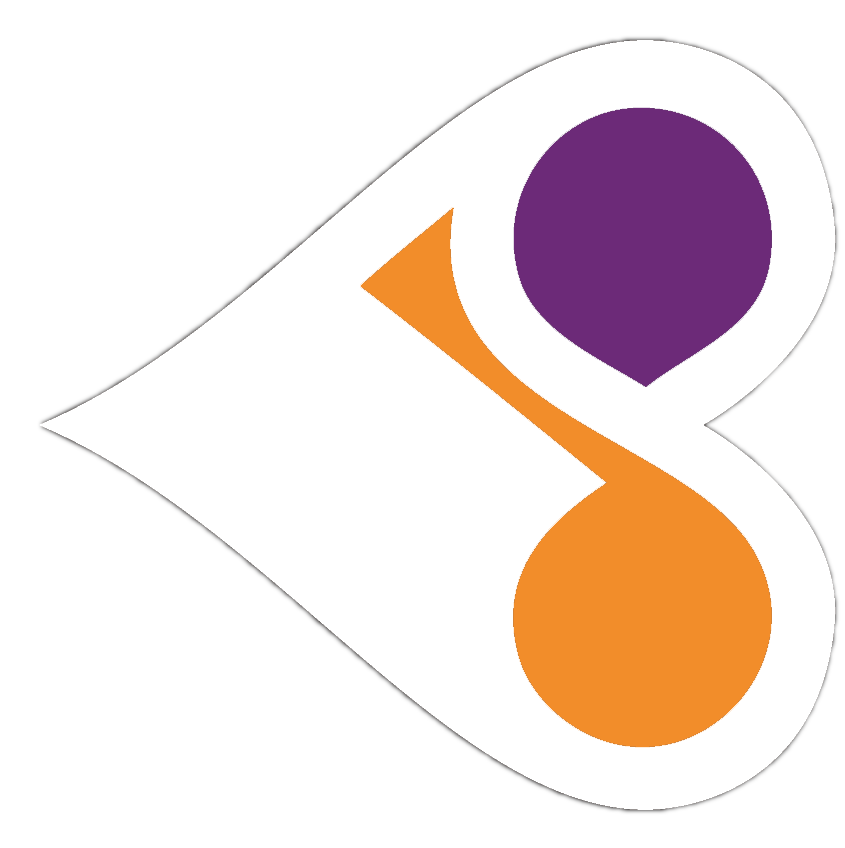One of the many benefits of having multiple studios onsite at Real World is the high speed at which we can compare original mixes to the mastered versions of the mix while the song remains fresh in our minds. Patrick Phillips and Tom Libertiny take a lot of notes while we’re listening back to a draft master and we’re able to quickly make adjustments to the original mix. Tim Oliver then masters the updated mix and we repeat this cycle until we’re happy with the final master. The final master is what you’ll hear on our CD Gertrude & Grace.
For more photos and video, click HERE.

SSL Console at Real World Studios with Null Paradox. Photography by Tom Libertiny.
Our Process
Patrick and Tom work on an original mix for a song which balances the many recorded tracks of instruments and vocals that make up a particular song. For example: On our song Glass Desert, we used 9 microphones on Dave’s drums, which means we started with 9 recorded drum tracks. Adding bass, keyboards, guitars and vocals brought the track count to over 30.

Yamaha Grand Piano at Real World Studios with Null Paradox. Photography by Tom Libertiny.
Then the fun starts with the art of deciding how much of a particular track should be heard, should the tone of it be adjusted, and where should it be placed within the overall soundfield. By “soundfield,” we mean: Should Robyn’s voice be heard in the left, center or right speakers when you listen to our recording. We repeat these steps for each of the many track. By comparison, a final stereo recording found on a CD or Mp3 file has 2 tracks: Left and Right.
Patrick and Tom then proceed to go crazy with all of the instruments and outboard processing gear that’s available within the studio: Should we add the sound of a small metal drum to the bridge of our song Before? What if we just played the beat on the metal side of the drum instead of the actual drum head? Better yet, what does it sound like if we process the sound of the drum with a bunch of crazy effects? Some of these experiments sound good and add to the song while most don’t make the cut. The metal drum didn’t make the cut but Patrick’s Philicorda keyboard, a 1974 “family” style electric church organ thing, did make the cut onto our song Glass Desert.

Small metal drum that didn’t make it into our song…yet. With Null Paradox. Photography by Tom Libertiny.
Then Tim takes the mix and uses processors to make tone and other adjustments to the mix. Think of the bass and treble tone controls on your favorite music playback system and multiple the controls available by a lot.
When Tim is done we listen to the mix on everything from a boom box to the full Exigy sound system in the Big Room. Then it’s a matter of repeating until we’re happy with the results.
The first song we mixed was Glass Desert and we were listening to a draft of the master from Tim in hours. From Tim’s notes, we’ve tweaked the mix and Tim is creating an updated master. We’ll continue this process for all 11 songs.

For mixing and mastering we get 3 sets of ears to listen and critique with Tim Oliver, Patrick Phillips and Tom Libertiny. Sometimes, we need to bring in an extra set of ears particularly when drum levels are involved in the discussion.. Photography by Tom Libertiny.
 Null Paradox
Null Paradox